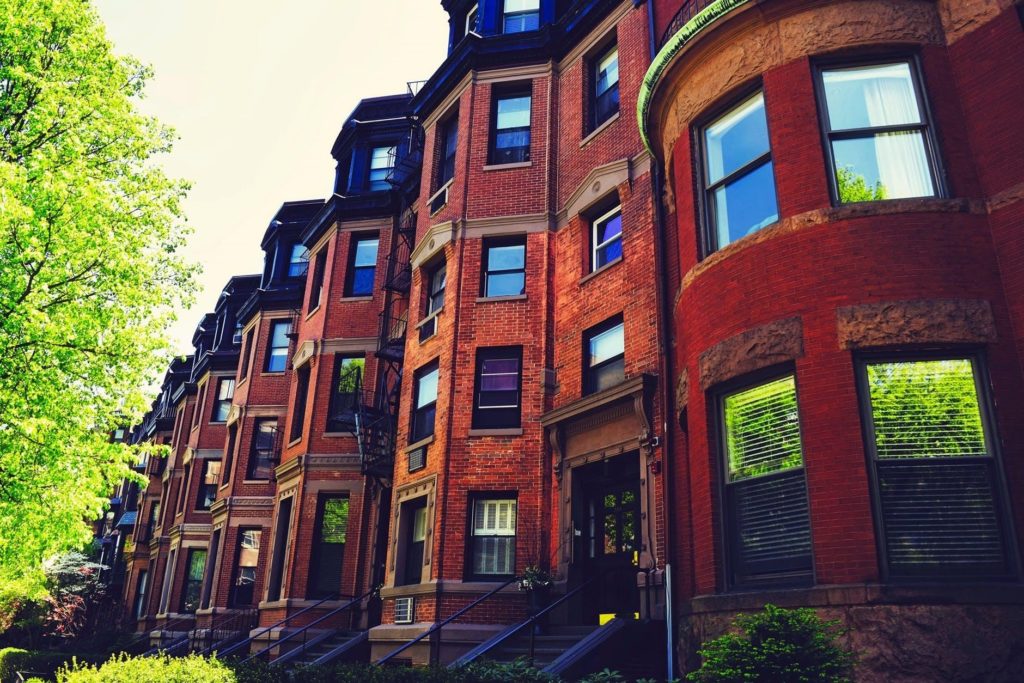
Selling a home can be stressful anytime, but springtime might be perfect for preparing your home to sell. The cold winter months are behind us, and warmer temperatures make it easier to get your home ready to put on the market. Setting your home apart from the competition and getting top dollar means making a great first impression.
Most buyers are looking for neutral colors, clean lines, and open spaces. You want your home to feel spacious, bright, clean, and move-in ready. Here are seven tips to prepare your home when it’s time to sell.
1. Freshen Up Your Curb Appeal
Buyers start judging your home before they walk through the front door. If your mailbox has seen better days, replace it. A fresh coat of paint is an inexpensive way to update a tired front door. Adding colorful plantings and new mulch to flower beds will brighten the front yard. If your home’s siding is dirty, power washing removes pollen, dust, and mildew stains and will make it look new again.
2. Make Minor Repairs
If you’ve lived in your home for a while, there are probably several issues you’ve learned to live with, such as chipped or faded paint, missing fence boards, leaky faucets, and flickering lights. Potential buyers will notice these minor problems and may assume there are more significant problems to uncover. Making a few inexpensive repairs sends the message that your home is well cared for and move-in ready.
3. Declutter and Organize
Clutter is distracting to buyers as they attempt to imagine living in a home. Overcrowded closets and cabinets convey that your home doesn’t have adequate storage. Remove anything you don’t need from cupboards and cabinets and organize the rest. Excess furniture makes rooms feel smaller and reduces flow. You want to project a sense of roominess and plenty of storage space.
4. Deep Clean
Cleaning your house before it goes on the market is an essential task. Set aside several days to tackle the job or hire a professional to thoroughly clean from top to bottom. The kitchen and bathrooms need to be immaculate. Wash all windows both inside and out. Thoroughly vacuum or shampoo carpets if necessary. A bright, spotless home will look appealing and well-maintained.
5. Remove Personal Items
Potential buyers need to be able to visualize their family living in your house. Remove personal items, including family photos, knickknacks, family heirlooms, scattered toys, and other belongings that could distract potential buyers. While a few decorative items are fine, too many are distracting. The goal is to create a neutral look that allows people to see a clean slate they could make their own.
6. Touch Up and Repaint
Go room by room, and if you have any bold or bright colors, repaint with a white or light neutral color. White paint makes rooms look larger, brighter and appeals to most home buyers. Touch up any smudged or dirty areas, including doors, baseboards, and trim. A fresh coat of paint is a relatively inexpensive way to make a home look clean, fresh, and move-in ready.
7. Don’t Over Invest In Expensive Remodeling Projects
Increasing home value and getting a significant return on your investment isn’t the same thing. The most recent National Association of Realtors (NAR) remodeling impact report reveals that homeowners who invested in expensive upscale kitchen remodels only recouped 53-58% of the cost when they sold. Far less costly kitchen upgrades realized a 77% return on investment. If you’re remodeling in hopes of recouping the cost when you sell, it’s essential to work with an experienced local realtor. They’ll know what homebuyers in your market are willing to pay for when searching for a new home.
The Bottom Line
Properly preparing your home is critical if you want to sell fast and for top dollar. If you’re unsure where to start, work with an experienced real estate professional. They’ll be able to assess your home and give you expert advice on the best ways to prepare your home before placing it on the market.



